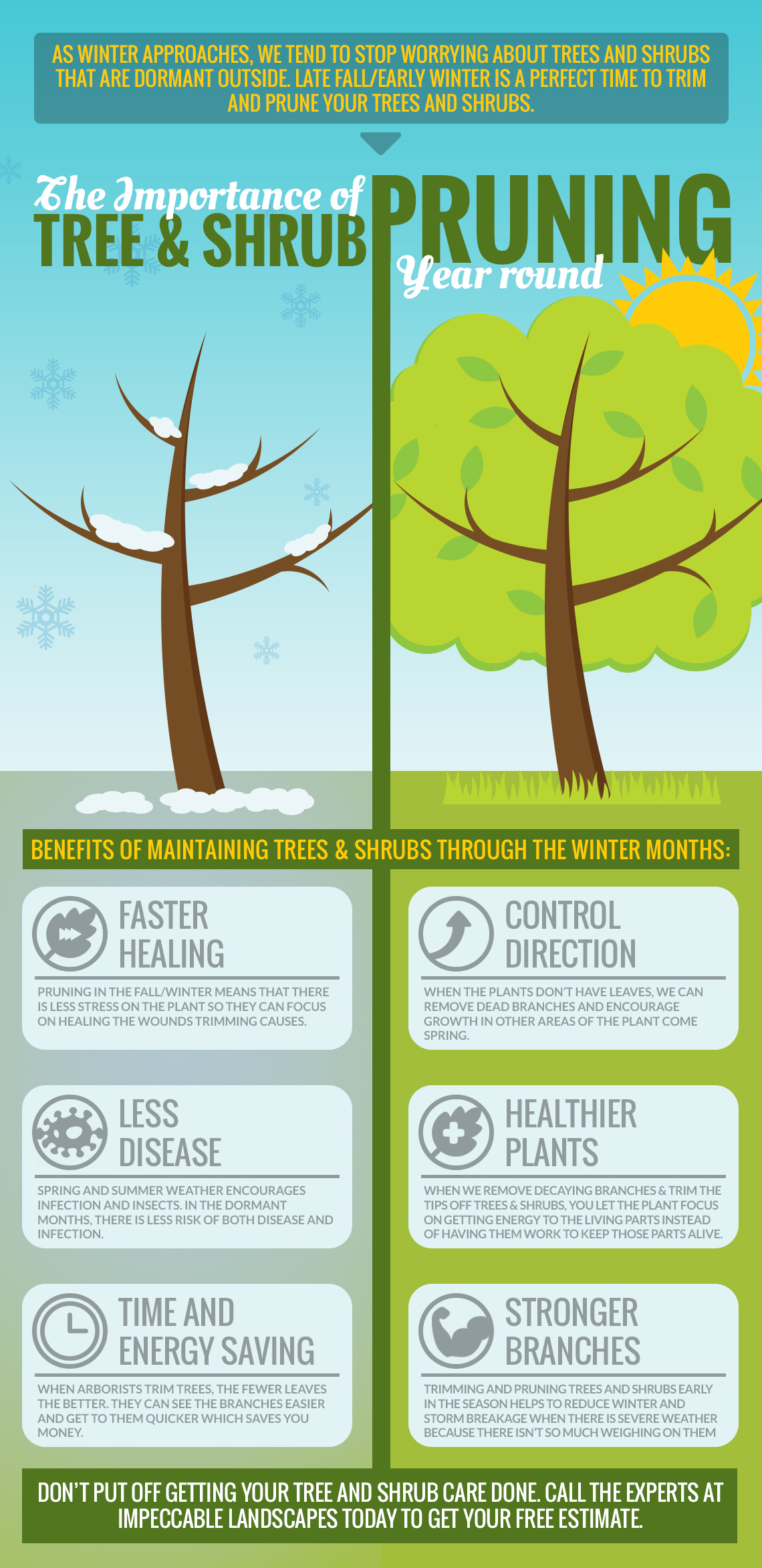Caring For Your Landscape After Tree Removal Is Necessary For Its Restoration; Uncover Important Procedures To Revitalize Your Atmosphere And Prevent Future Issues
Caring For Your Landscape After Tree Removal Is Necessary For Its Restoration; Uncover Important Procedures To Revitalize Your Atmosphere And Prevent Future Issues
Blog Article
Created By-Langley Leblanc
After a tree's elimination, your landscape might look fairly various, and it's essential to analyze the aftermath very carefully. You'll intend to evaluate the dirt disruption and examine bordering plants for any type of indicators of stress and anxiety. Ignoring Pruning Rubber Tree can bring about bigger problems down the line. So, what should you finish with those stumps and roots? And how do you choose the very best plants for your revitalized area? Let's explore these essential actions.
Examining the Results: Evaluating Your Landscape
After a tree elimination, it's critical to evaluate your landscape to comprehend the influence it carries your lawn.
Start by examining the area where the tree stood. Search for signs of dirt disruption, and inspect the bordering plants for any type of anxiety or damage.
You should additionally make note of how the removal has altered sunshine exposure and air movement in your yard. This change can affect the growth of close-by plants, so it's essential to assess their wellness.
Think about the visual elements also; the removal may produce an open space that you can upgrade.
Lastly, consider any type of prospective disintegration issues that might occur from the tree's absence. Dealing with these variables early will help bring back balance to your landscape.
Handling Stumps and Origins: Alternatives for Removal
When you have actually assessed the aftermath of the tree elimination, you'll likely need to tackle the stump and origins left.
You have a couple of options for elimination. visit our website is stump grinding, where a specialist uses a machine to grind the stump down to underground level. This technique leaves marginal disruption to your landscape.
If you like a do it yourself method, you can utilize a combination of excavating and chemical stump cleaners. Simply remember, this process can require time and effort.
Alternatively, consider leaving the stump as a natural attribute, which can serve as an one-of-a-kind garden aspect or habitat for wildlife.
Whatever you pick, addressing the stump and roots is crucial for recovering your landscape.
Choosing the Right Plants for Your New Area
As you evaluate your freshly cleared room, picking the right plants can significantly enhance your landscape's charm and performance.
Begin by thinking about How To Prune Almond Trees and dirt problems. For warm areas, select drought-resistant plants like lavender or succulents. In shaded spots, brushes and hostas grow well.
Consider the size and growth routines of your plants; mix perennials and annuals for seasonal variety. Do not neglect to include indigenous types; they call for much less maintenance and support neighborhood wild animals.
Team plants in odd numbers for a much more natural appearance and create layers for aesthetic deepness.
Ultimately, guarantee you have a mix of shades and textures to maintain your landscape vibrant throughout the seasons.
Happy planting!
Conclusion
Finally, recovering your landscape after tree removal is a satisfying process. By evaluating the consequences, resolving stumps and roots, and picking the right plants, you'll create a flourishing atmosphere. Don't fail to remember to incorporate disintegration control steps to secure your dirt. With a little effort and treatment, you can transform your room right into a vibrant yard that improves your residential or commercial property. Welcome the opportunity to revitalize your landscape and take pleasure in the appeal of nature right in your yard!
